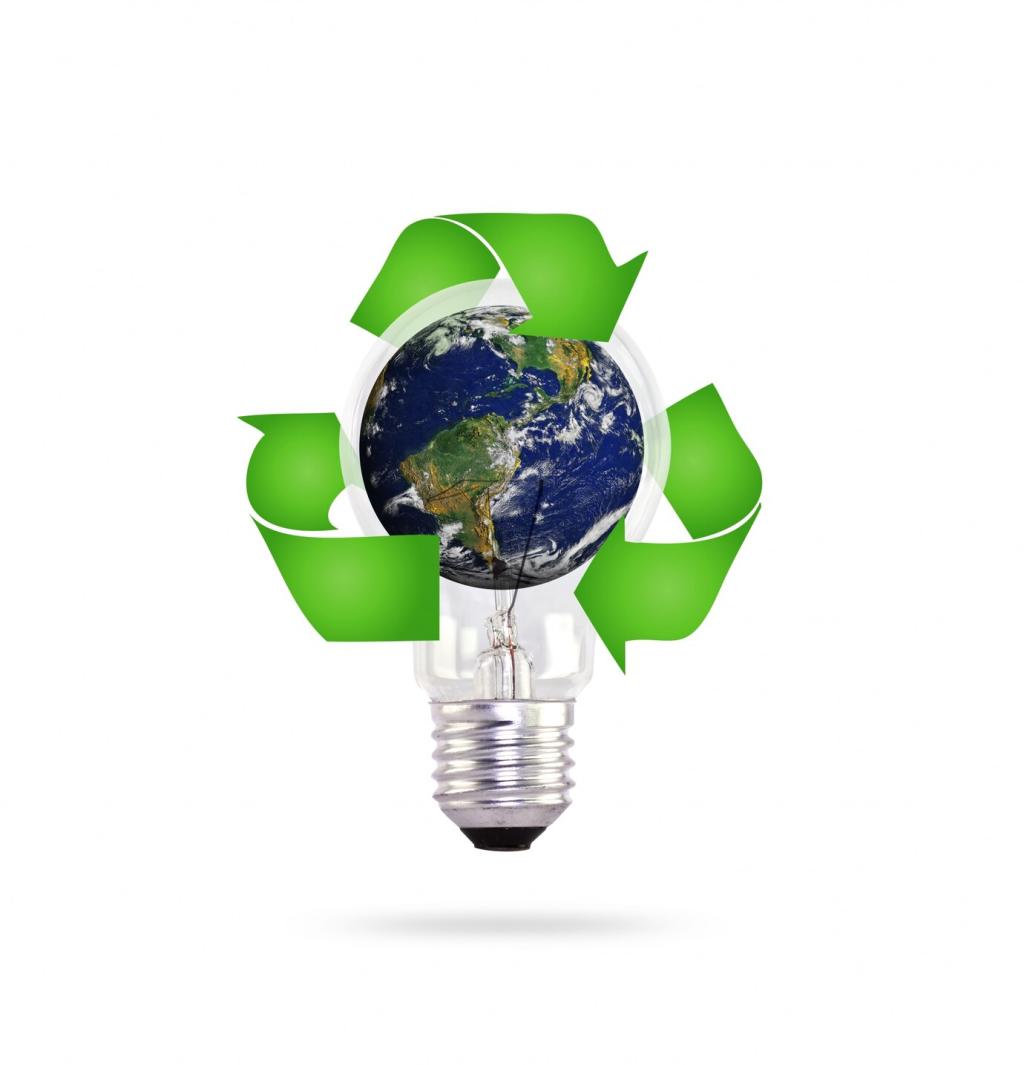
Recyclable Packaging for Furniture Care Products
Welcome to our deep dive into Recyclable Packaging for Furniture Care Products. Discover practical ideas, inspiring stories, and smart design choices that help your polishes, oils, and cleaners shine—while your conscience stays spotless. Subscribe for updates and share your recycling wins!
Why Recyclable Packaging Matters in Furniture Care
Reducing Waste Without Sacrificing Performance
Furniture care routines can generate surprising amounts of packaging waste. By choosing recyclable bottles, cardboard sleeves, and paper void fill, you keep performance high while ensuring materials re-enter valuable cycles instead of crowding landfills or polluting waterways.
Protecting Indoor Air and Planetary Health
Packaging choices influence what off-gasses in your home and how waste breaks down outside it. Recyclable, low-ink, water-based coated materials reduce volatile compounds and microplastics, supporting cleaner indoor spaces and healthier ecosystems every time you polish a tabletop.
Building Trust Through Transparent Materials
Clear labeling, mono-material designs, and honest recycling guidance build loyalty. When a wax tin lists exactly how to recycle the lid, liner, and wrap, you feel respected as a caretaker of both furniture and the environment.
Materials That Make Recycling Easier
Rigid paperboard cartons with water-based coatings protect delicate brushes and wax tins while remaining curbside-recyclable. Dense corrugate inserts can cushion glass bottles, replacing foam. Ask brands about FSC-certified fibers and minimal dye coverage to increase material recovery rates.
Design for Disassembly and Clear Instructions
When bottles, caps, and labels share the same polymer, recycling becomes simpler and far more successful. A PP bottle with PP cap and PP label minimizes contamination, letting your empty container glide through sorting like a pro.
Design for Disassembly and Clear Instructions
Easy-peel labels, water-dispersible adhesives, and low-coverage inks prevent gumming up recycling machinery. Look for packaging that indicates label removal steps, and favor simple graphics over heavy metallic foils that can complicate reprocessing streams.


Stories from Homes and Workshops
A Saturday Ritual with Less Waste
In Maya’s apartment, Saturday means lemon oil and a playlist. Switching to a glass bottle with a metal cap turned cleanup into a tiny celebration, because rinsing and recycling felt as satisfying as the table’s renewed glow.
The Upholsterer Who Swapped Foam for Paper
A neighborhood upholsterer replaced foam peanuts with die-cut corrugated cradles for shipping conditioner kits. Customers noticed, praised the tidy unboxing, and started returning clean glass bottles for refill—a small loop, but a proud one.
A Condo Lobby Goes Circular
A building manager added a labeled bin for furniture care containers near the mailroom. Residents chatted about brands with better recycling guidance, and the maintenance team reported fewer contamination issues in the main recycling stream.

Refill Stations at Hardware and Home Stores
Imagine topping up your wood cleaner in a sturdy glass bottle from a neighborhood station. It cuts secondary packaging, lowers cost per use, and transforms care day into a community moment worth sharing in our comments.

Mail-Back Paths for Tricky Components
Sprayers and pumps can be hard to recycle locally. Mail-back programs collect them for specialized processing, rescuing materials that would otherwise be trashed. Tell us if your area offers one, so we can map resources together.

Concentrates That Shrink Footprints
High-performance concentrates in small, recyclable cartons or pouches mean fewer shipments and fewer containers. Just add water at home. Subscribe for concentration tips, dilution charts, and brand spotlights that actually clean as beautifully as they claim.
Certifications, Labels, and Laws to Know
01
FSC and Responsible Fiber Choices
FSC certification signals responsibly managed forests for paper-based packaging. Pair that with minimal ink coverage and right-weight cartons to create a recyclable paper solution that protects your beeswax polish without extra environmental baggage.
02
How2Recycle and Clear Icons
How2Recycle labels give step-by-step guidance, from cap-on to rinse-and-recycle. When shopping for furniture oils or polish kits, favor brands that print clear, standardized icons instead of vague claims that leave you guessing at disposal.
03
EPR and Regional Rules
Extended Producer Responsibility laws encourage better packaging design and fund recycling improvements. Knowing your region’s rules helps you advocate for smarter formats, and we’ll keep you updated—subscribe for policy breakdowns that actually matter at curbside.
Rinse, Dry, and Cap
Empty bottles for water-based cleaners should be quickly rinsed, drained, and recapped to prevent small caps from getting lost in sorting. For oil residues, wipe with a scrap cloth before rinsing to keep contamination low.
Flatten, Separate, and Bundle
Flatten cartons, remove liners, and separate mixed materials when instructed. Keep tiny parts in a larger container so they are not screened out. Share your routines below—your hack could become someone’s weekly habit.
When Local Options Are Limited
If curbside won’t take certain components, look for store drop-offs, repair cafés, or mail-back programs. Collect items in a dedicated caddy so efforts feel organized, and tell us what works where you live to help others.

